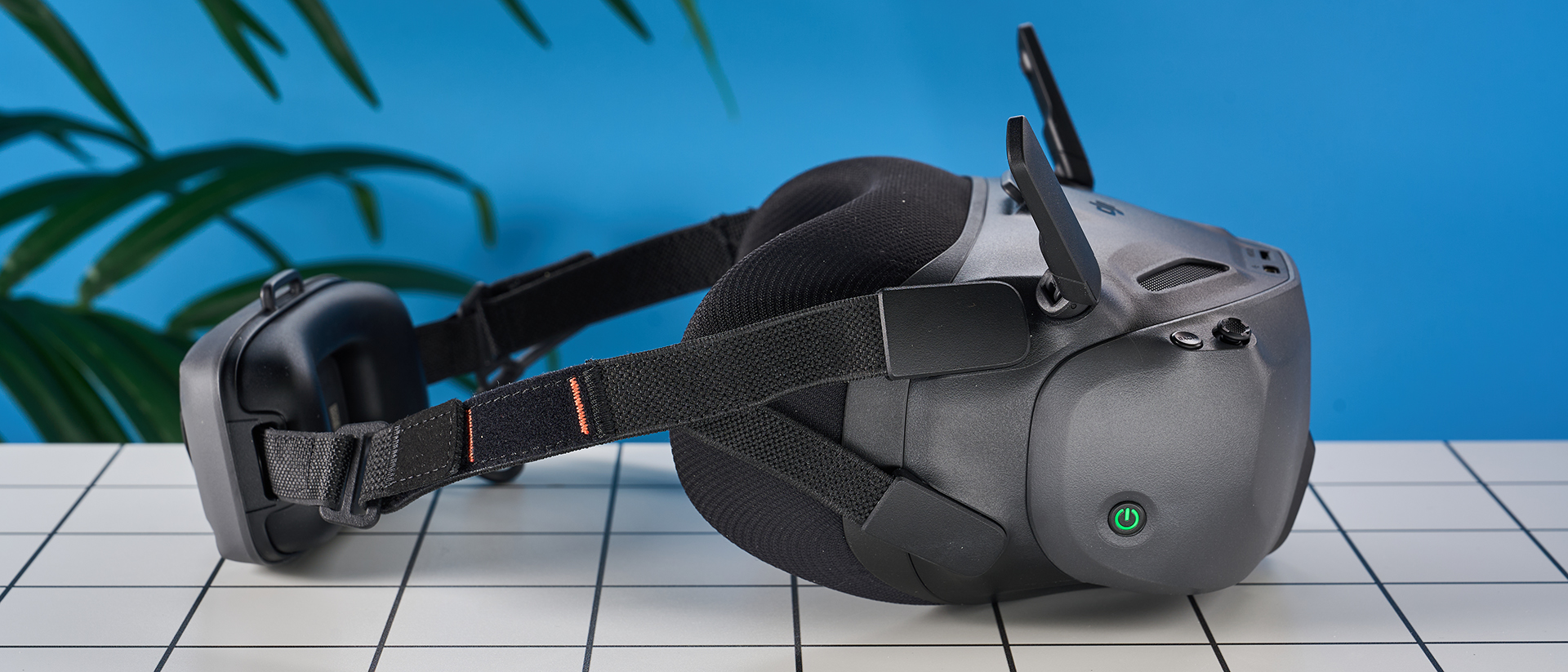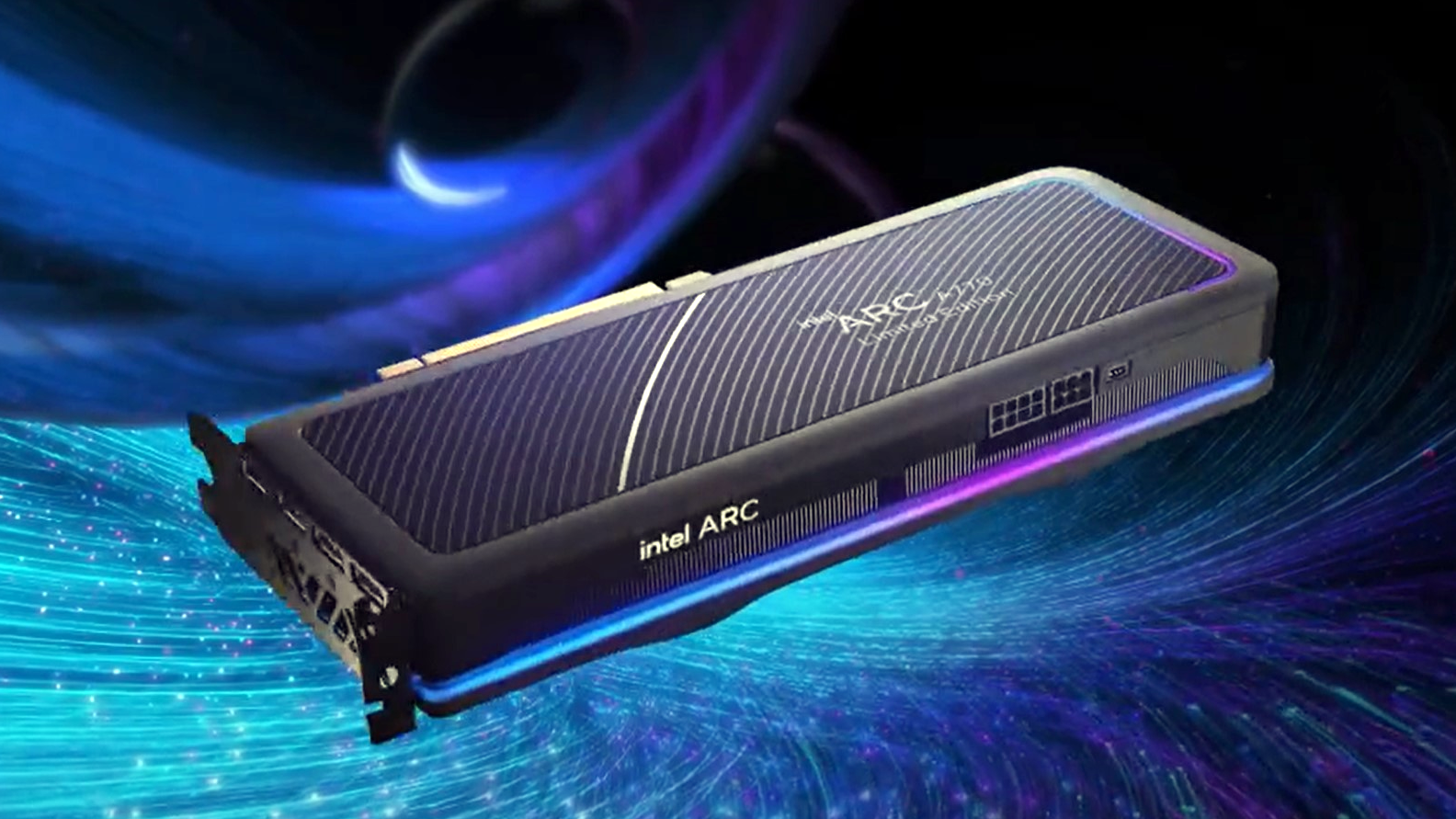Tom's Guide Verdict
The DJI Goggles N3 are the company’s cheapest, most beginner-friendly FPV glasses. Built exceptionally well with fantastic weight distribution, this FPV headset is extremely comfortable to wear and boasts long battery life. Delivering a crisp live feed, pair it with one of two motion controllers to fly with more confidence and turn either your Neo or Avata 2 into the ultimate budget FPV machine.
Pros
- +
Excellent build quality
- +
Brand’s cheapest goggles
- +
Very comfortable to wear
- +
Crisp video feed
- +
Features head tracking
- +
Long battery life
Cons
- -
Compatible with two drones only
Why you can trust Tom's Guide
Aerial photography is very exciting, and you can further elevate your experience with an FPV headset, like the DJI Goggles N3. But headsets can be expensive, and can sometimes cost you upwards of $500. DJI’s solution? Budget-friendly goggles that go perfectly with your DJI Neo or DJI Avata 2.
Boy are these fantastic goggles! The Goggles N3 sport a minimalistic design and while they look heavy, the weight distribution is great so they’re comfortable to wear for long flying sessions. They’re built really well and offer an immersive experience. The live video feed is crisp and clear, and the long battery life ensures your experience won’t be cut short.
Are these the perfect beginner-friendly goggles for two of the best drones? Read my full DJI Goggles N3 review to find out.
DJI Goggles N3 review: Cheat sheet
- What is it? A first-person view (FPV) headset for the DJI Neo and DJI Avata 2
- Who is it for? For owners of these two drones looking to elevate their flying experience
- How much does it cost? The DJI Goggles N3 are available for $229 / £229
- What do we like? The excellent build quality, comfort, crisp video feed, long battery life, and the fact that they’re great value for money
- What don’t we like? Not a lot — just that they’re compatible with two drones only
DJI Goggles N3 review: Specs
| Specs | DJI Goggles N3 |
|---|---|
| Price | $229 / £229 |
| Battery life | 2 hours 42 minutes |
| Dimensions | 8.1 x 6.4 x 5.1 inches (antennas unfolded) |
| Weight | 1.1lbs (battery and headband included) |
| Compatibility | DJI Neo, DJI Avata 2 |
| Controller | DJI RC Motion 3, DJI FPV Remote Controller 3 |
| Screen size | 3.5 inches |
| Resolution | 1920 x 1080 |
| Refresh rate | Up to 60Hz |
| Field of view | 54° |
| Internal storage | No |
| Support SD cards | microSD (up to 512 GB) |
| Max transmission distance | 6.2 miles (Neo) | 8 miles (Avata 2) |
| Max video bitrate | 50mbps (Neo) | 60mbps (Avata 2) |
DJI Goggles N3 review: Price & availability
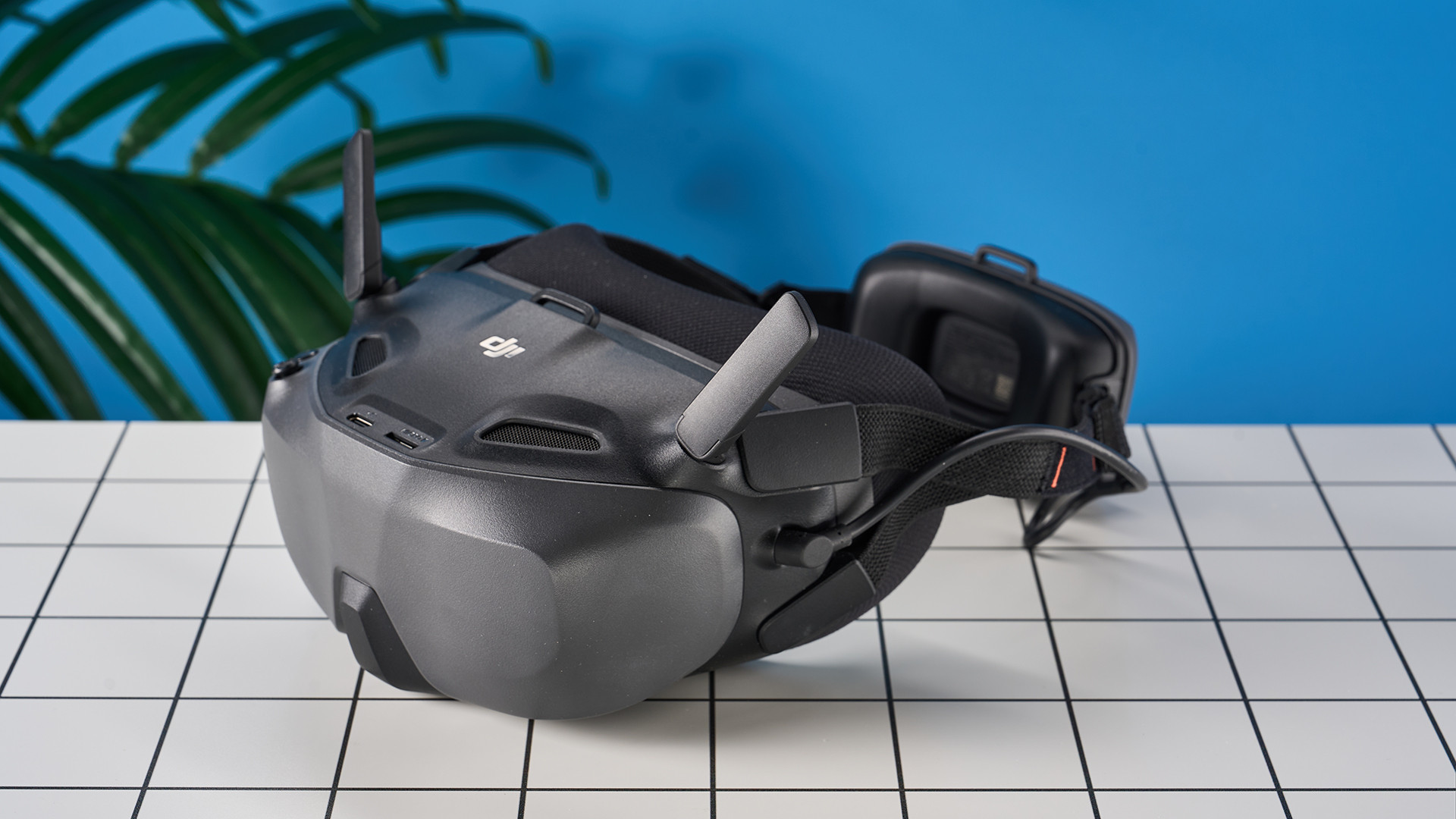
Launched in late 2024, the DJI Goggles N3 have a retail price of $229 at Amazon U.S. / £229 at Amazon U.K. They’re available in one color only: dark grey. Bear in mind that you’ll need to buy either the DJI RC Motion 3 ($99 / £79) or the DJI FPV Remote Controller 3 ($199 / £139) to use these goggles. If you don’t already own the DJI Neo and are in the U.K., you can also get the Motion Fly More combo which includes the goggles, the RC Motion 3 controller, the Neo and extra batteries for £439 at Amazon U.K.
The Goggles N3 are the least expensive in DJI’s FPV lineup, costing less than the Goggles 3 ($449) and the Goggles 2 (refurbished for $359). This is the most beginner-friendly headset, perfect for owners of the Neo or Avata 2.
DJI Goggles N3 review: Design & controls
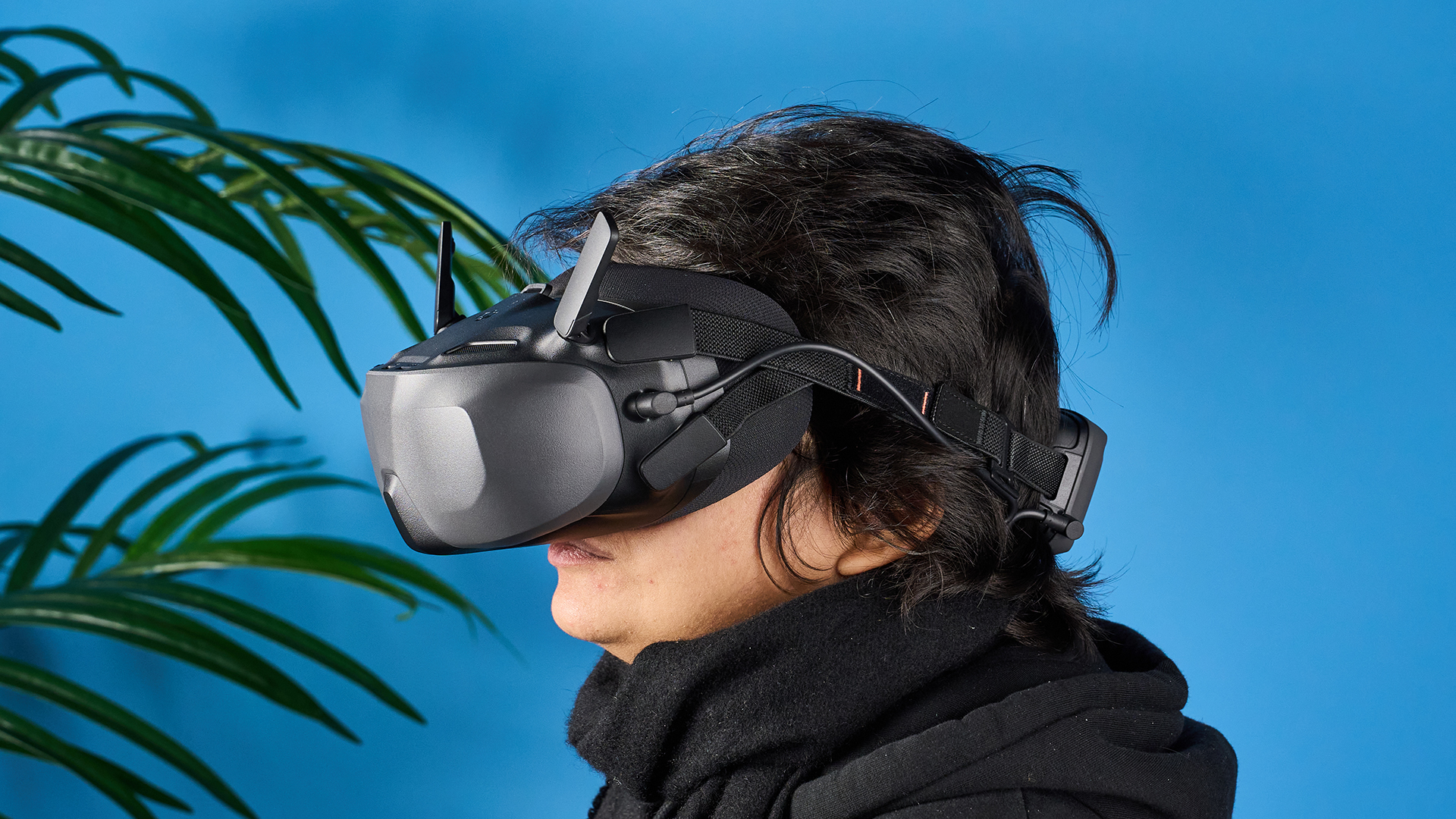
The DJI Goggles N3 are slightly larger than the Goggles 3, measuring 8.1 x 6.4 x 5.1 inches with the antennas unfolded. The headset weighs 1.1 pounds (battery and headband included) which may sound like a lot, but the bigger footprint accommodates functional elements that enhance the user experience. For example, the battery pack sits at the back which results in better weight distribution so when you’re wearing the Goggles N3, they don’t feel very heavy. This also means that the headset is mighty comfortable. I wore it for over two hours until the battery ran out and removed them momentarily to swap out my DJI Neo’s battery, and I didn’t feel any discomfort.

Contributing to the Goggles N3’s comfort is the memory foam padding around the top which reduces pressure against your forehead. Also, there’s plenty of space between the lenses and where the goggles sit on your face. I wear glasses all the time and found this very handy as it meant I didn’t have to take them off.
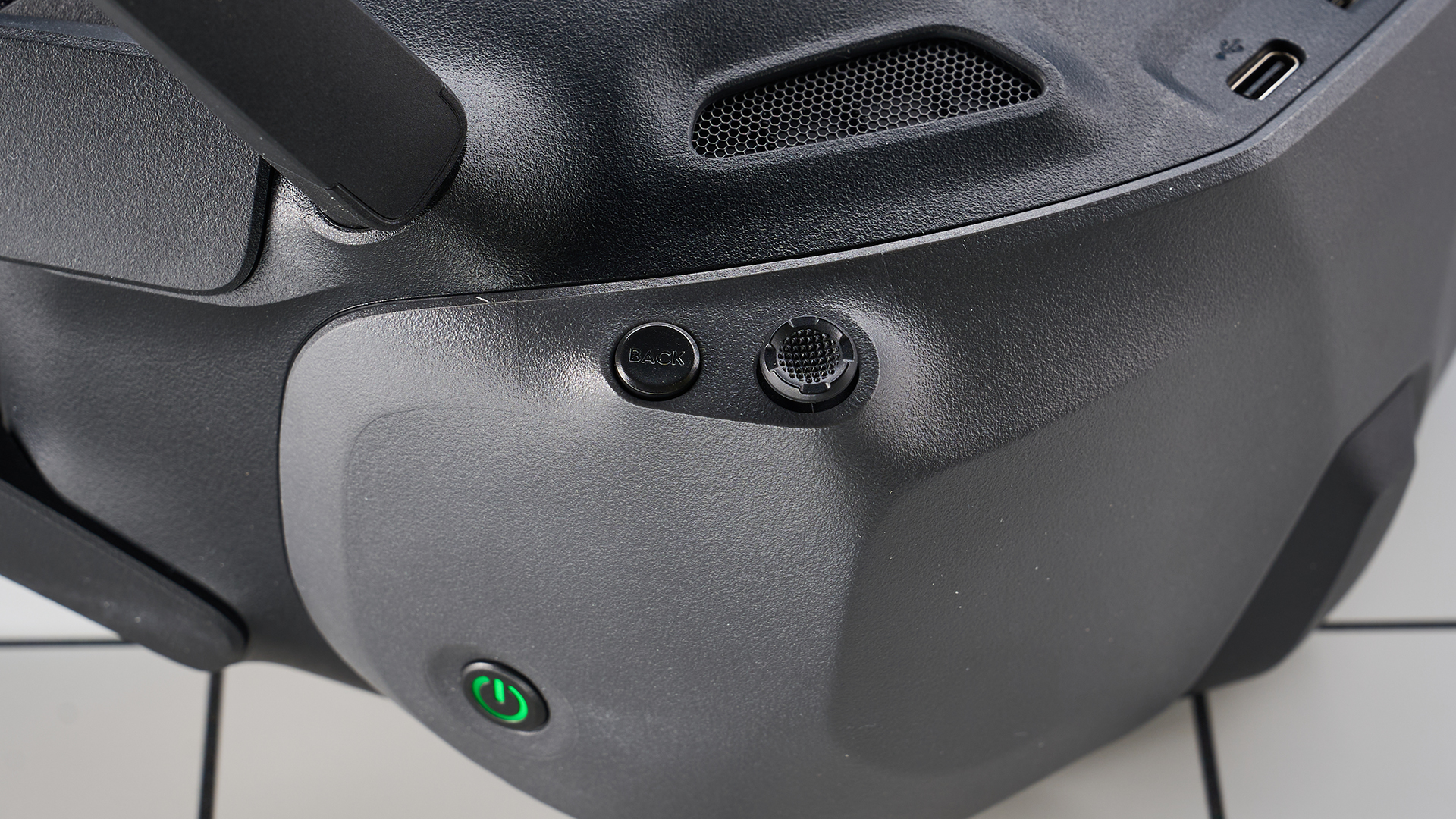
The dark grey colorway looks fantastic, and the headset is made of high-grade plastic which gives it a premium edge. Controls are minimal too. The power button is located on the right-hand side, and on top of the goggles, you’ll find the navigation wheel, the back button, a microSD card slot, and a USB-C port. Also located here are two T4R antennas which will need to be flipped up when the Goggles N3 are in use. Overall, the Goggles N3’s design is minimalistic and while the headset looks bulky, it’s far from it.
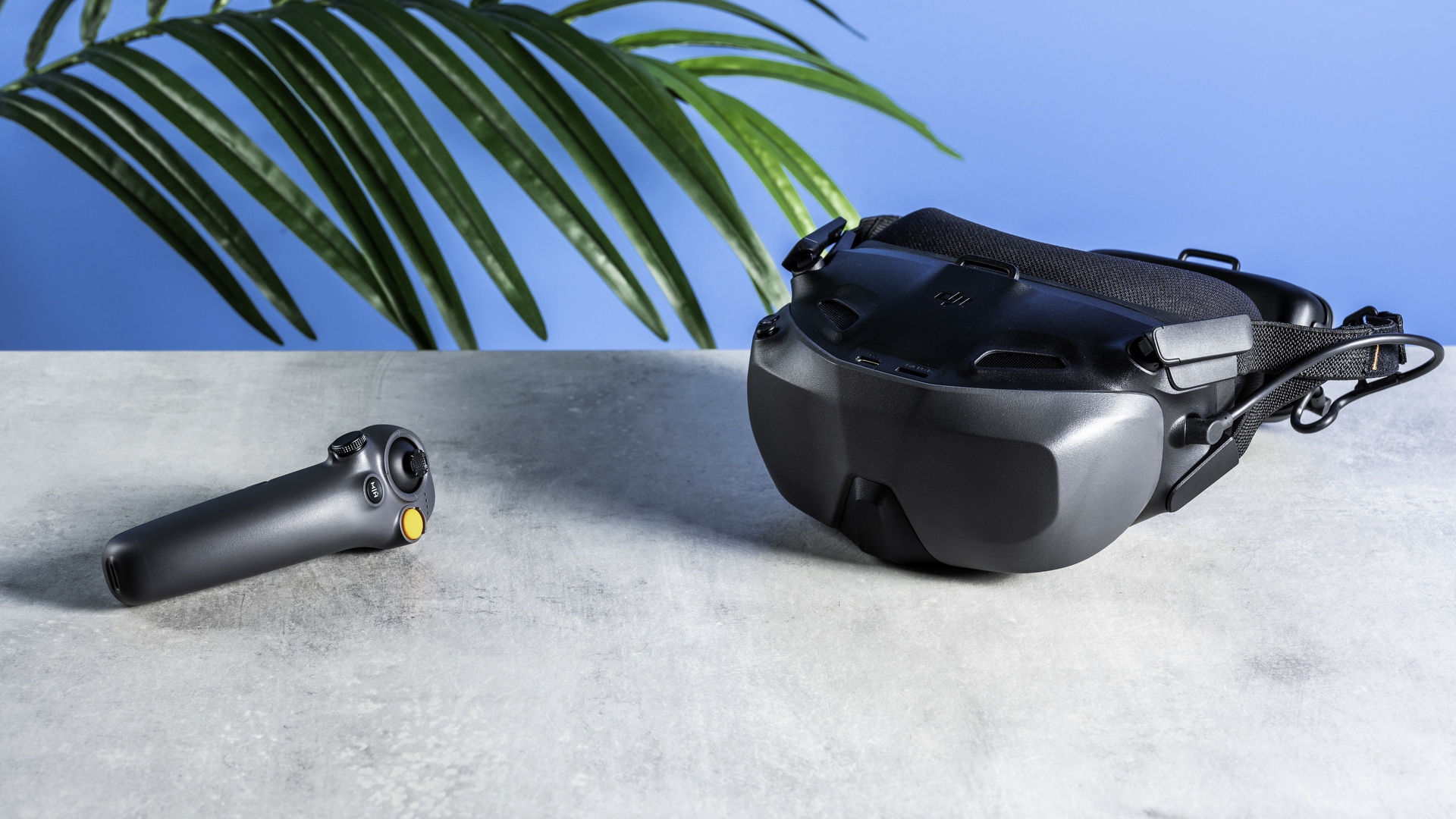
Like I mentioned before, you’ll need one of two motion controllers to use the Goggles N3, so I tested the cheaper DJI RC Motion 3 which looks like a gaming joystick. Weighing just 4.16 ounces, it’s very comfortable to hold for extended periods of flying, and its controls are quick to get used to as well. The two-stop throttle lets you lock the aircraft's attitude, accelerate at different speeds (depending on how much it’s pressed), and it lets you reverse the drone too.
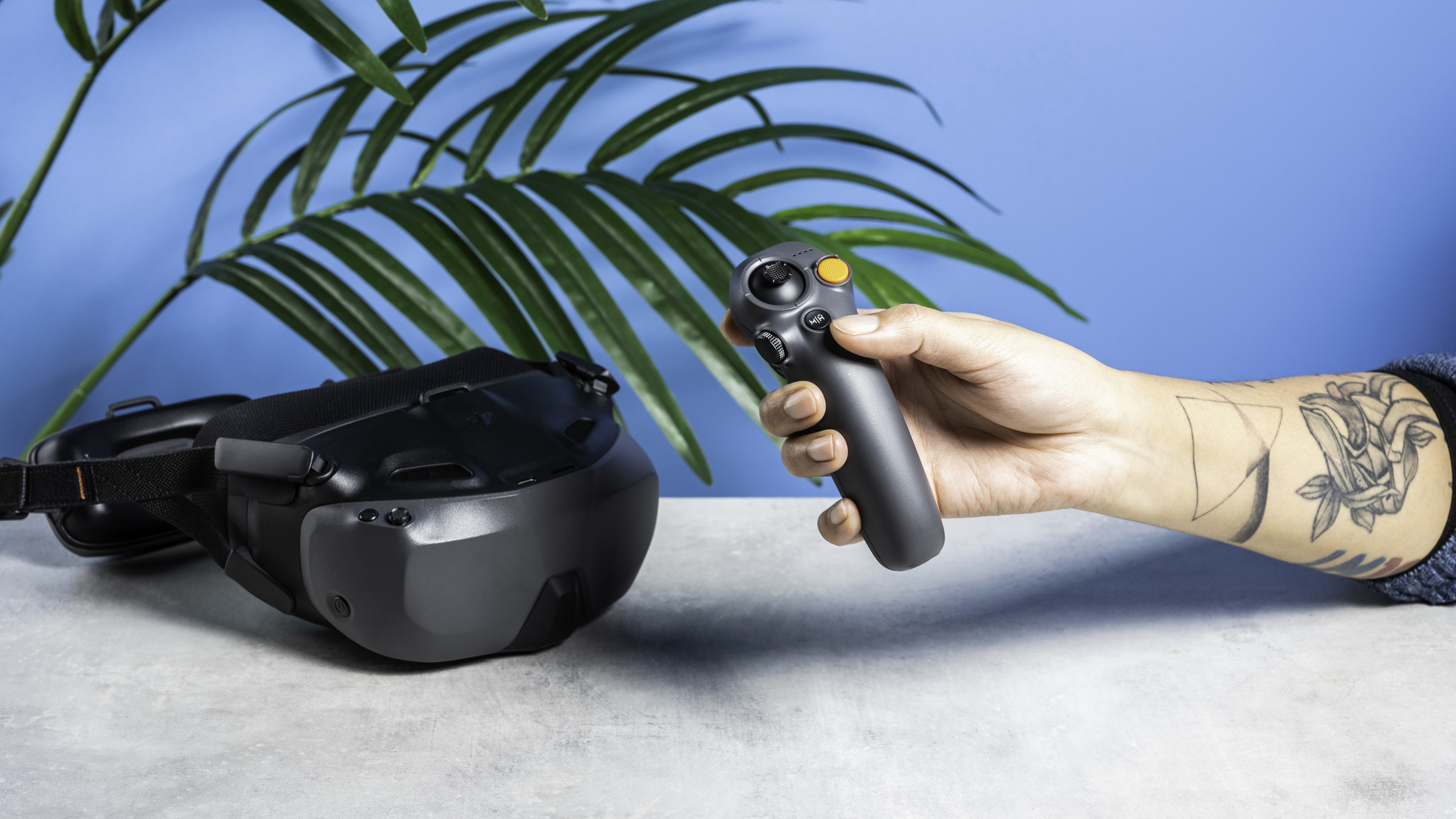
Change the drone’s altitude with the joystick and hit the orange button next to it for the emergency brake-and-hover. On the left edge of the RC Motion 3, you’ll find a record button and a dial to change the drone’s camera settings. I’ve loved using this controller with the Goggles N3. Moving the controller side to side to change directions and up and down to change altitude is really thrilling, too. The RC Motion 3 is very responsive, and in my testing, the Neo followed every movement without delay.
DJI Goggles N3 review: Features
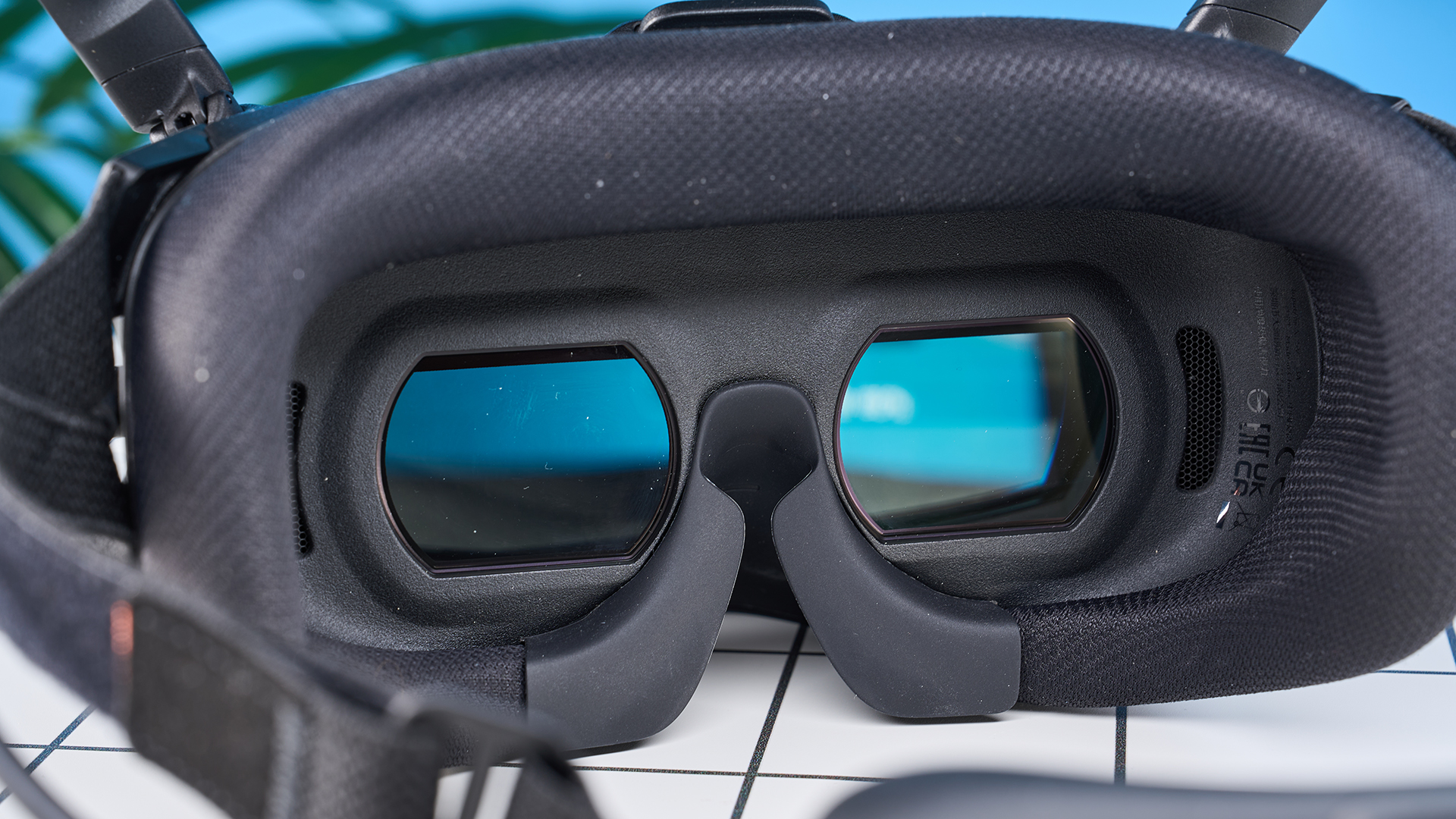
The DJI Goggles N3 feature a 3.5-inch HD screen which provides a resolution of 1080P at 60fps. The transmission range will depend on the drone you’re operating. This clocks in at 6.2 miles when using the DJI Neo and 8 miles when using the DJI Avata 2. The headset offers an immersive flying experience with its 54° field of view and curved screen.
The Goggles N3 come with a range of features which make flying more immersive and instinctive. One of these is head tracking, where the drone will change directions and move according to your head movements, as you can see above. It works really well with the Neo but if you're a beginner, I’d recommend flying with head tracking disabled at first and then using it once you feel more confident. And if you have an Avata 2, you can toggle the ACRO feature, which lets you do loops with the push of a button.
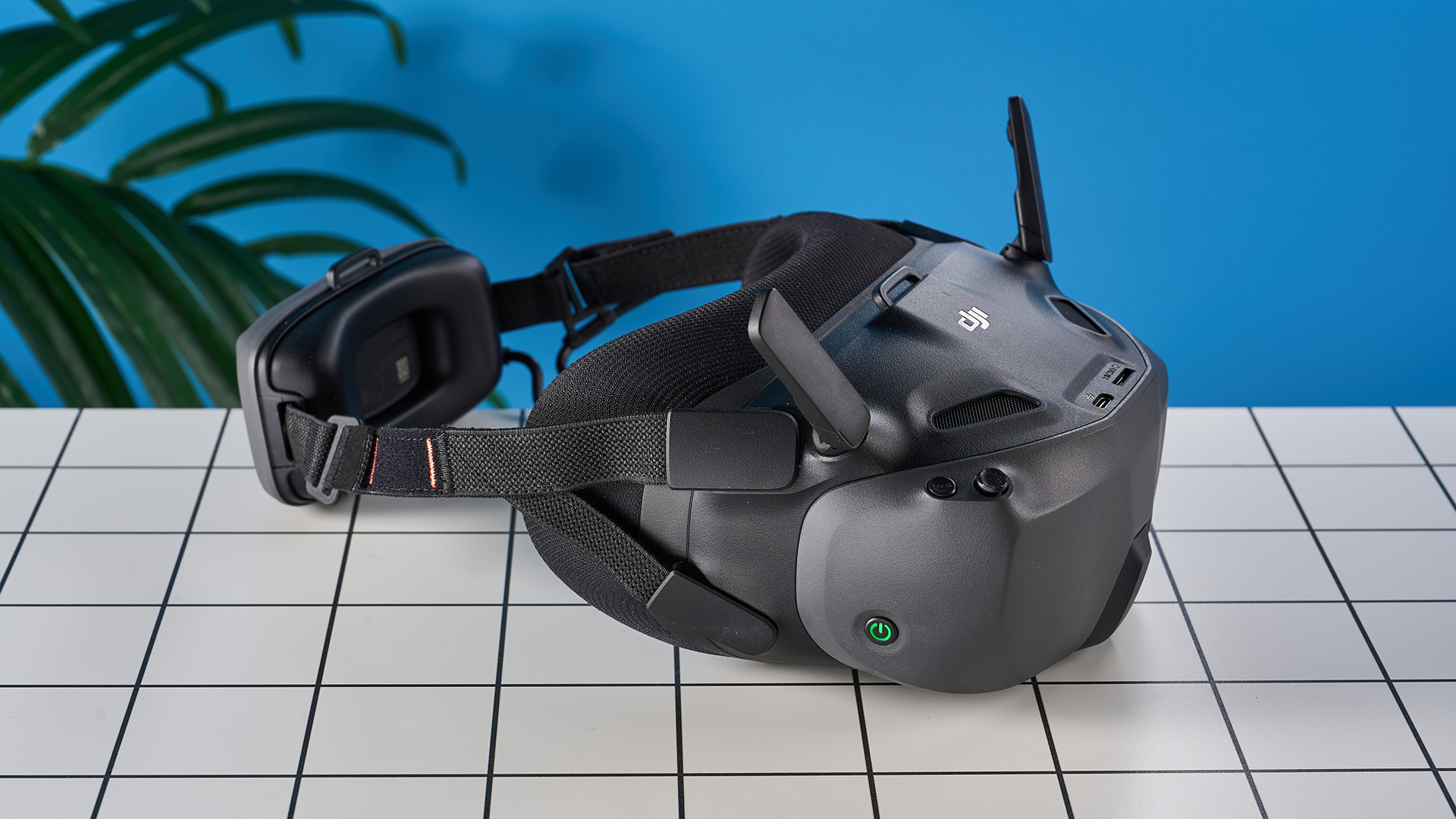
Similar to high-level drones, like the DJI Air 3S ($1,099), the Goggles N3 utilize DJI’s advanced O4 digital video transmission system via the 2T4R antennas. This means that the minimum latency is 31ms and the goggles automatically tune into the optimal frequency band between 2.4GHz and 5.8GHz.
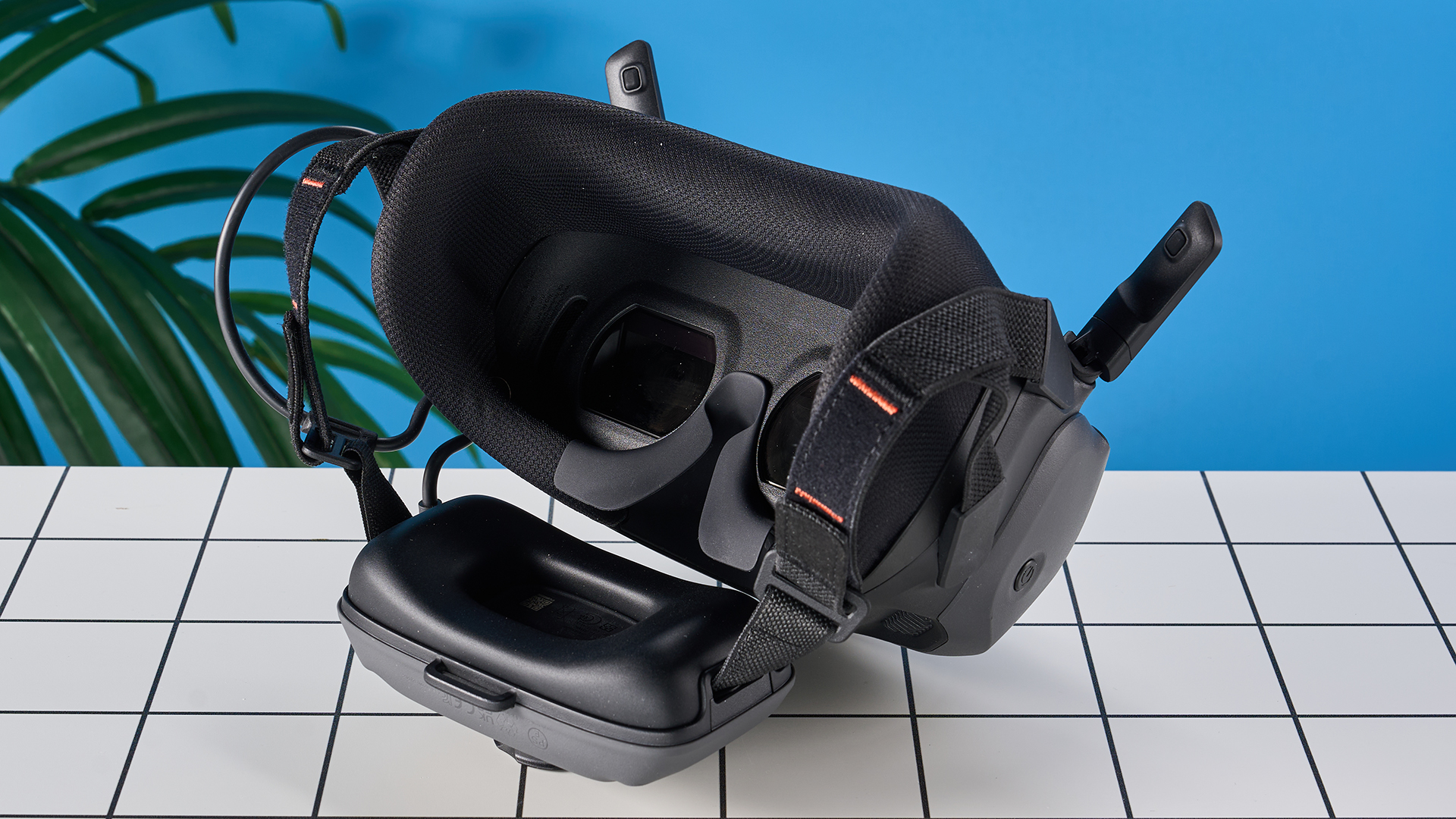
Another feature I love is the defogging fan. If you’re using the headset for a prolonged period and, say, weather conditions change and fog starts to build up, the Goggles N3 will take care of it by accelerating the internal fan speed to swiftly circulate air. Nifty!
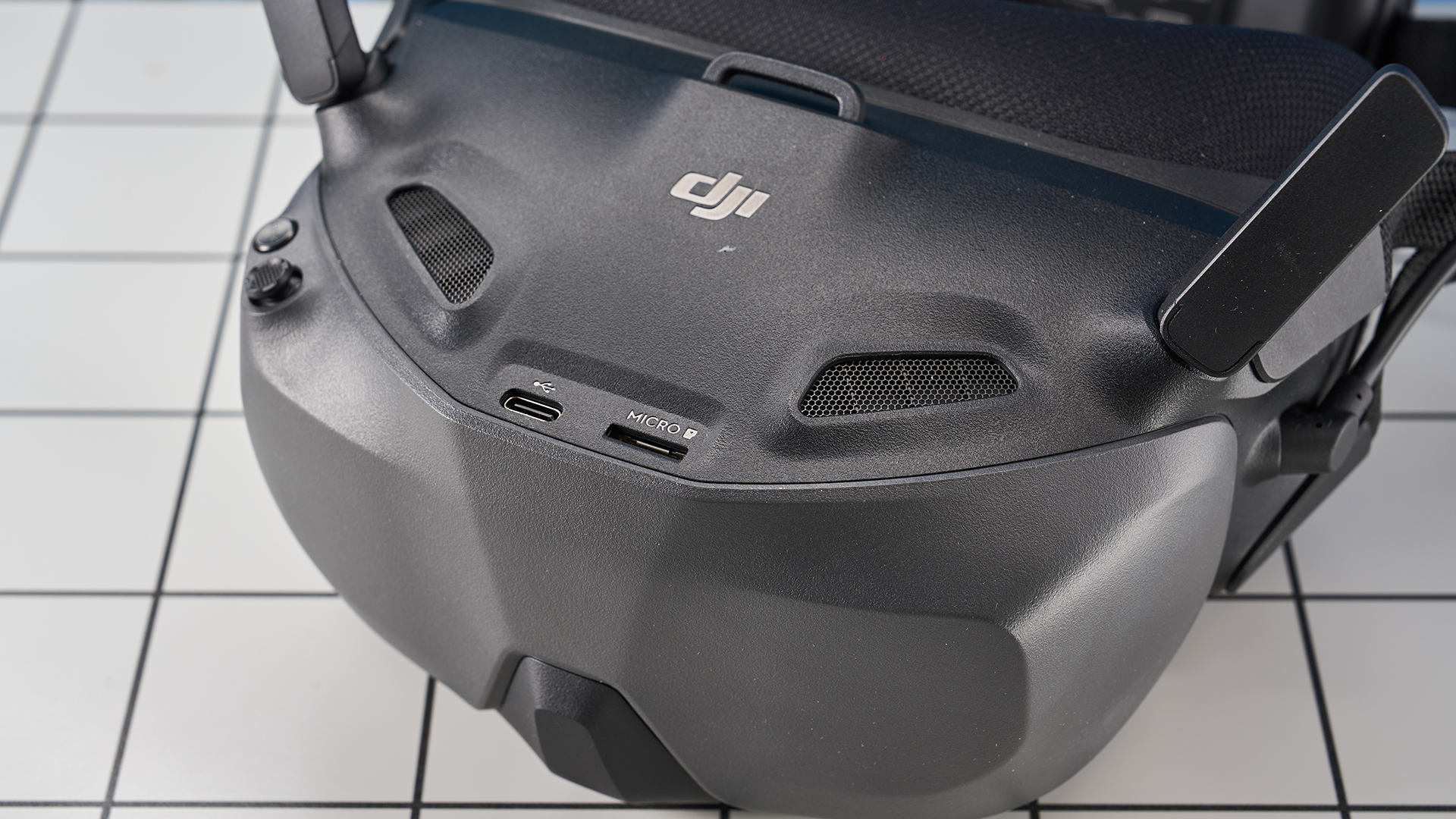
It’s important to note that the Goggles N3 do not have any internal storage, so you’ll need to invest in a microSD card if you want to record the live feed.
DJI Goggles N3 review: Video quality
The DJI Goggles N3’s 1080P/60fps live feed is fantastic, crisp and clear, and in my testing, I didn’t encounter any latency issues and the feed was always free of interference. Within the headset’s settings, there’s an option to record both the drone’s output footage and the live feed at the same time, so I did this, and you can see what it looks like in action above.
And if you want a taste of what the live feed looks like alongside the drone's footage, watch the video above (I edited it in iMovie).
The Goggles N3’s screen also shows the drone’s distance to the ground, which makes it easier to gauge the drone’s placement and easily maneuver it — pulling the drone up feels much easier. You can see how close to the ground I was in the video above. The only reason I was able to pull up quickly was because of the distance indicator, so it’s very handy.
DJI Goggles N3 review: User experience
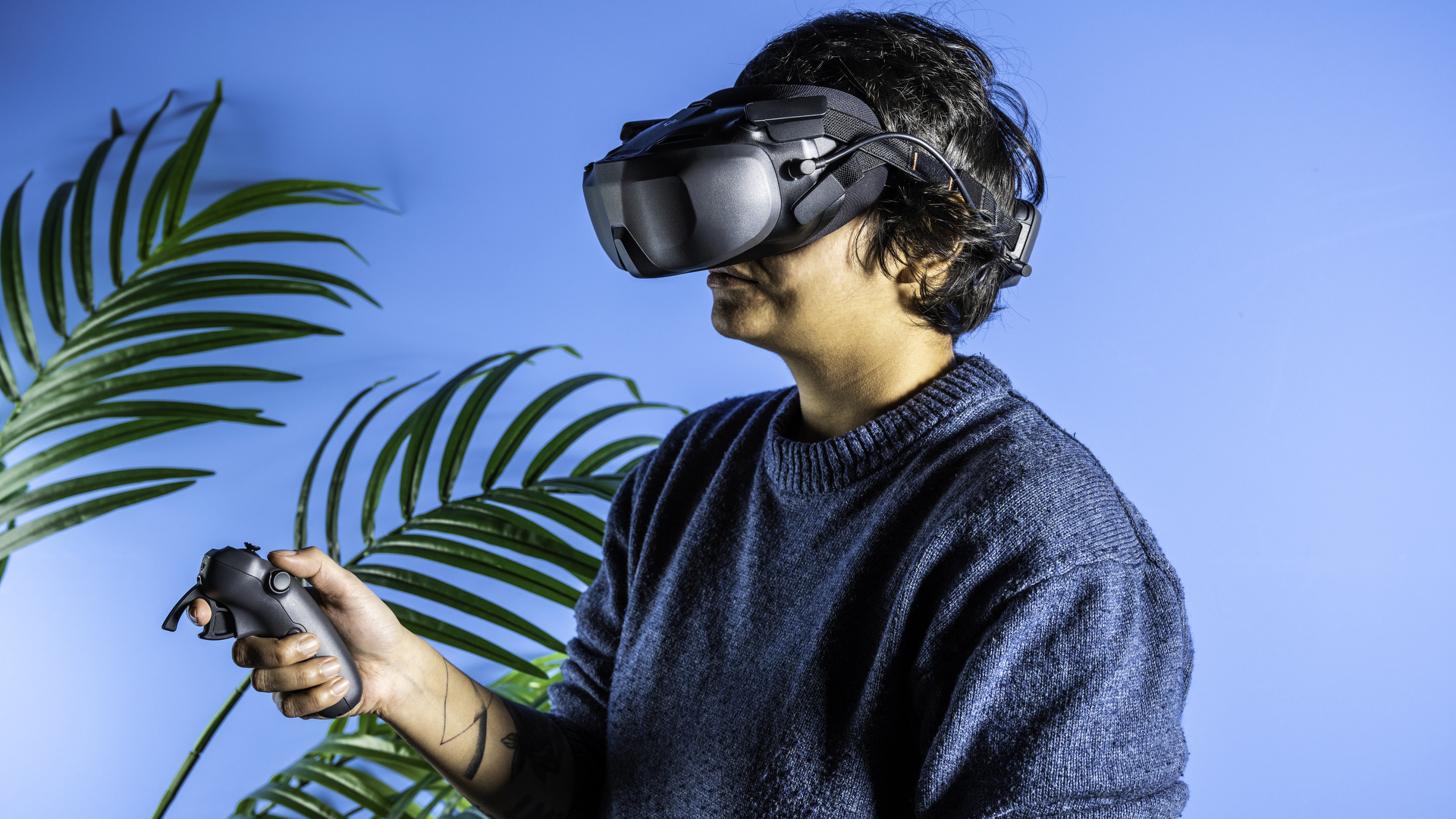
Flying any drone with an FPV headset is so amazing that it’s difficult to describe it in words. You won’t truly appreciate it until you’ve done it yourself, and the DJI Goggles N3 make immersive flying much more accessible thanks to their user-friendly interface and low price point.
The RC Motion 3 is the real star here. It’s easy and comfortable to hold, and controlling the drone is far easier than using a standard RC-2 or RC-N3 controller. The footage above demonstrates how easy it was to change directions and altitude when I was using it to fly the Neo.
But the most fun I had was flying in the woods. The Neo is a very compact drone, measuring just 6.18 x 5.11 x 1.9 inches. This means that it can fit in tight spaces and easily turn corners. I went to some woods near my apartment and put the Goggles N3, RC Motion 3 and the Neo through their paces, and you can see the result in the video above. I was able to navigate around tree trunks and branches with ease — better than I ever have with other controllers. Of course, I had to be careful as the Neo doesn’t feature obstacle avoidance, but because the Goggles N3 simulate you being onboard a drone, I could still fly with a lot of confidence. The controller was quick to react as I hit the brakes when I cut a corner and a tree was right there.
It’s been an amazing experience using the Goggles N3, so much so that I’m finding it hard to go back to the regular non-FPV controllers after this.
DJI Goggles N3 review: Battery life
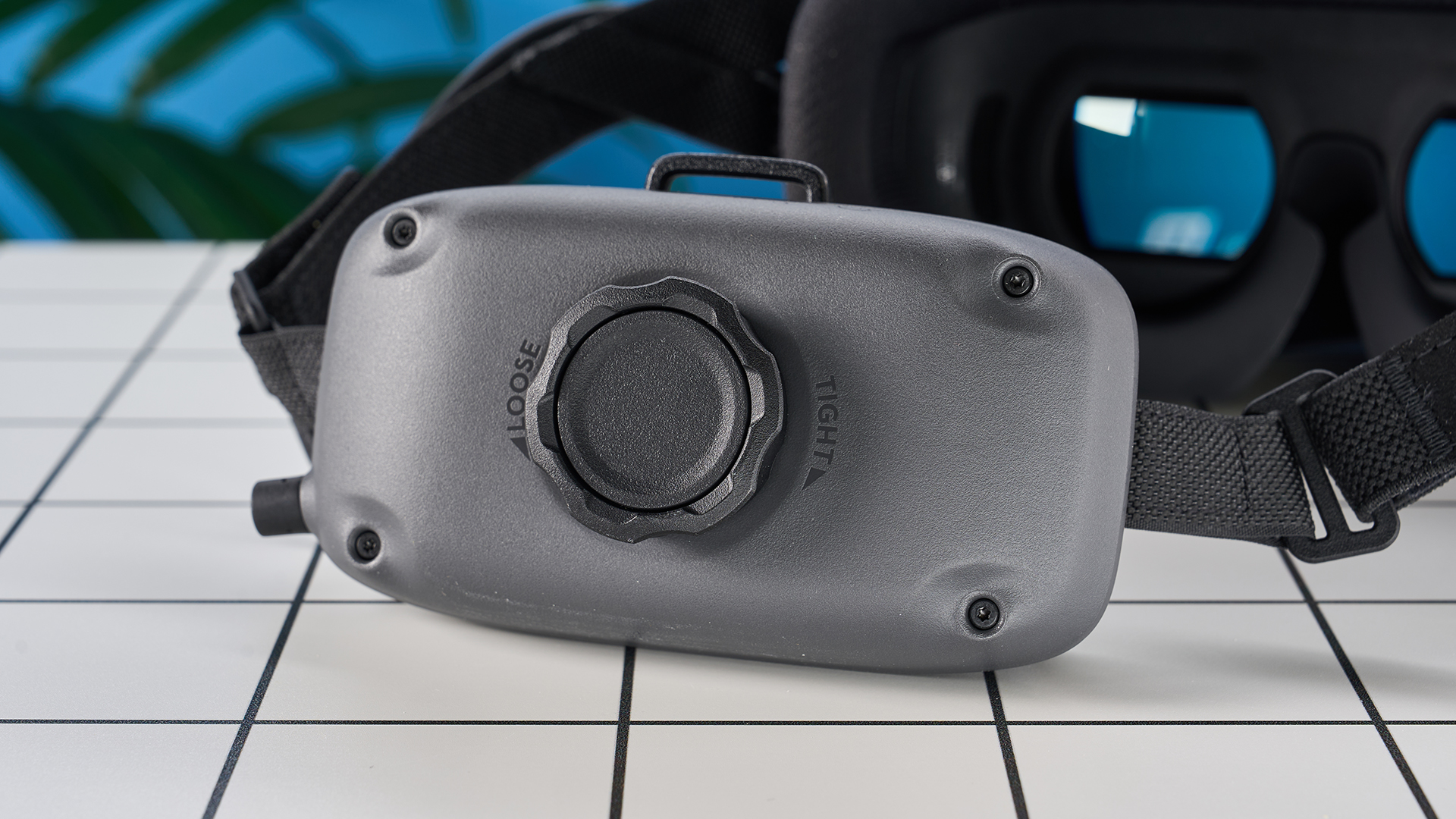
The DJI Goggles N3 offer outstanding battery life, with a single charge lasting 2 hours and 42 minutes, so you don’t need to worry about running out of battery mid-flight. However, be mindful of your drone’s battery life. The Neo has a short 18-minute flight time while the Avata 2 has a 23-minute battery life — so while your headset won’t run out of charge, your drone might.
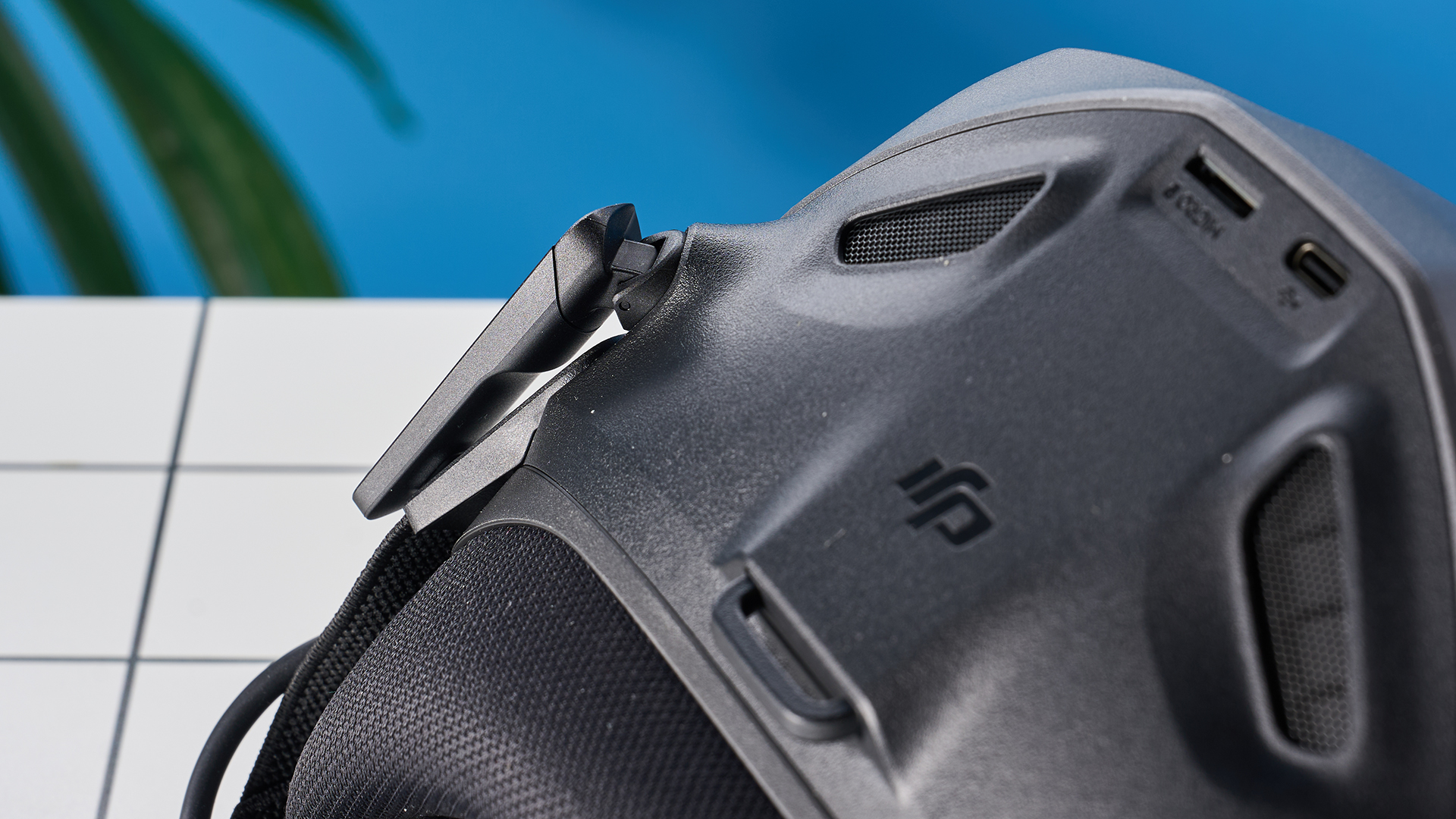
Even though the Goggles N3 are half the price of the Goggles 3, their battery life is very respectable. The Goggles 3, for context, have a 3-hour operating time. In my testing, the Goggles N3 lived up to the 2-hour-42-minute claim, and it took around 90 minutes for the headset to go from zero to 100%. Also, since the goggles have a built-in battery, you can use them while charging them — winner!
DJI Goggles N3 review: Verdict
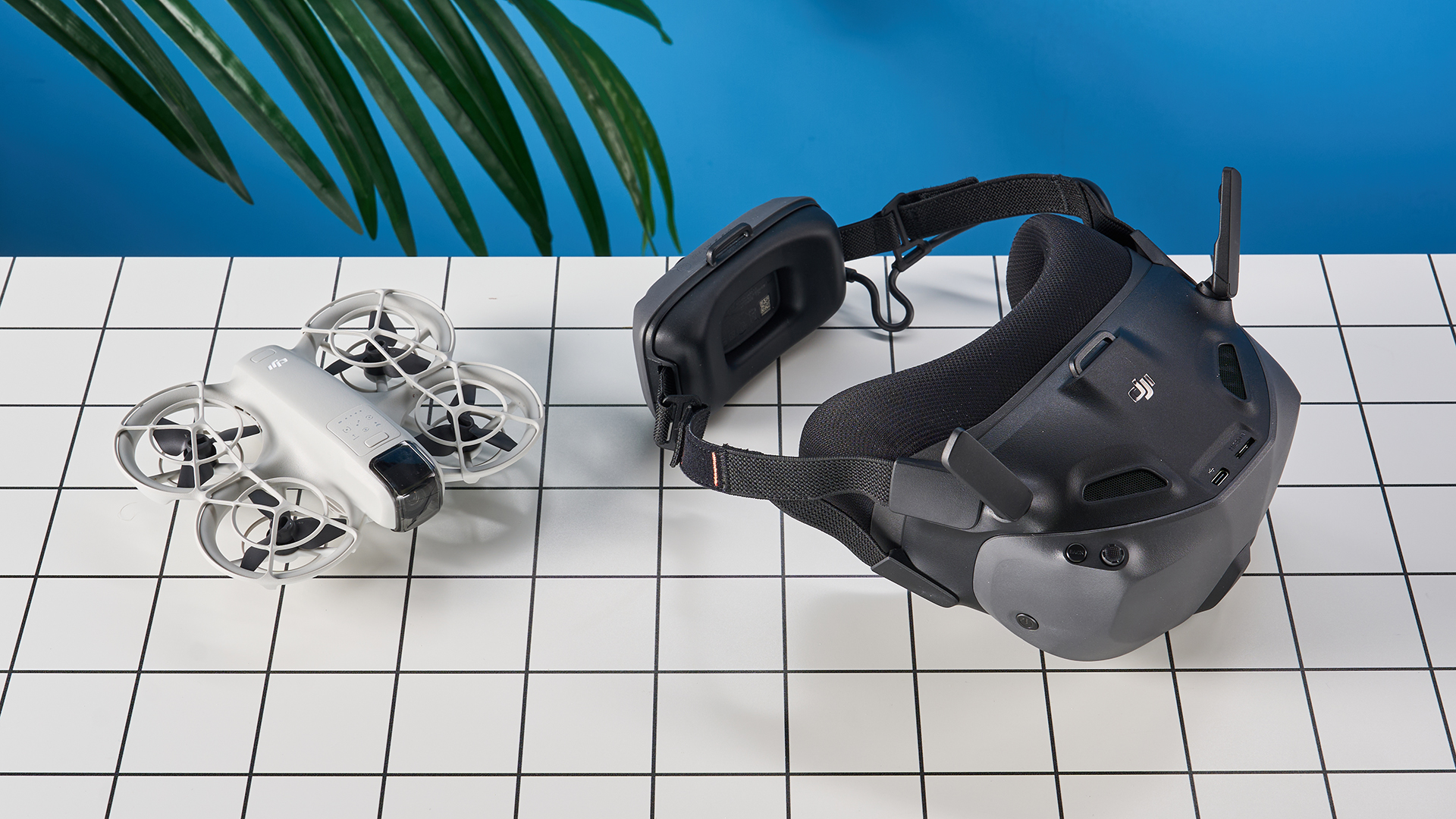
Testing the DJI Goggles N3 is some of the most fun I’ve ever had. Aerial photography brings me unbridled joy even when using standard, non-FPV controllers, and the Goggles N3 alongside the RC Motion 3 take it to the next level. The Goggles N3 is an extremely comfortable headset with great weight distribution, and it boasts a long battery life so you don’t have to worry about running out of juice. Delivering a crisp video feed with no latency issues, you can fly with confidence, and the highly responsive RC Motion 3 contributes towards that too.
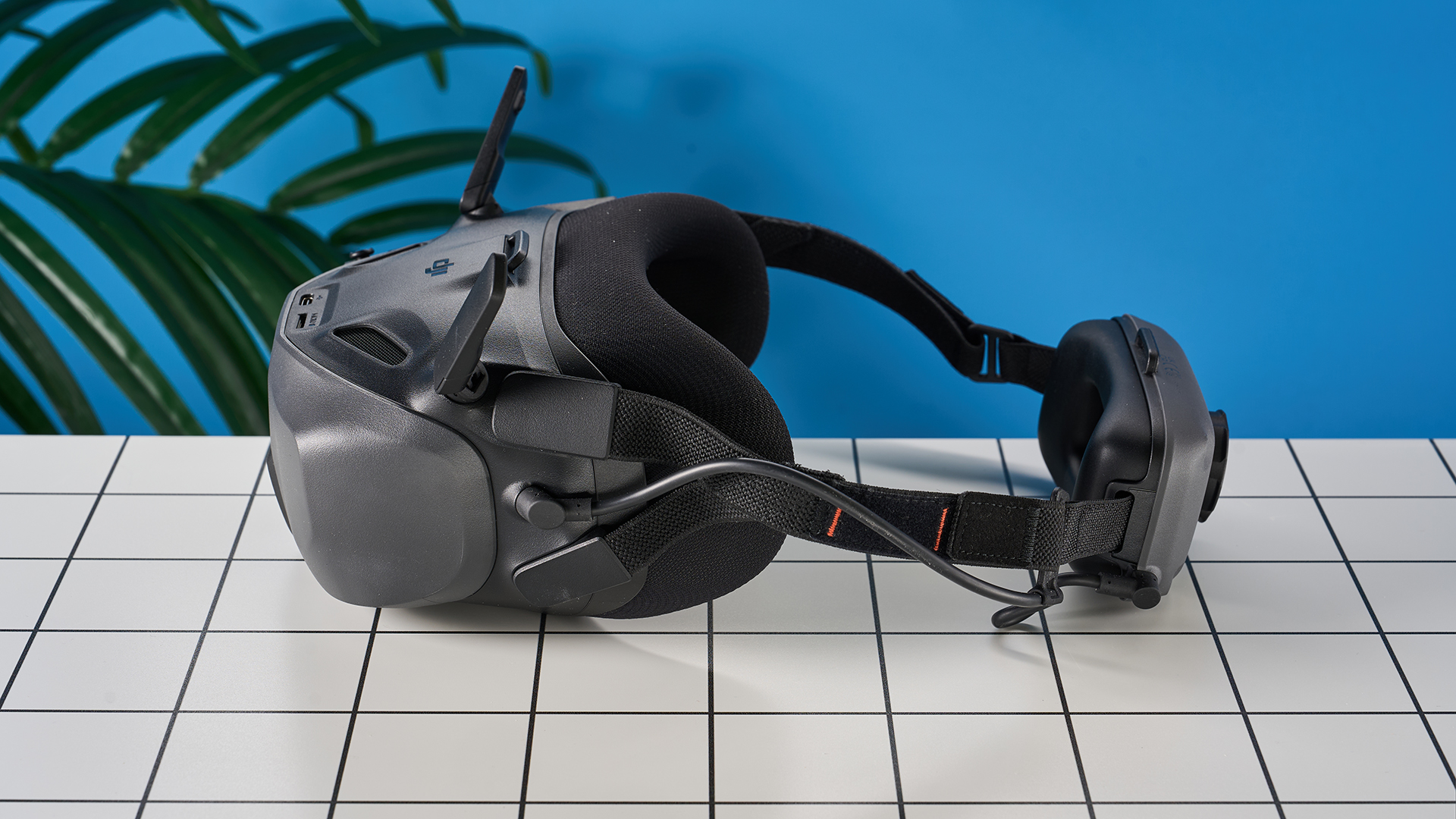
The only downside of the Goggles N3 is that it’s compatible with just two drones: the DJI Neo and the DJI Avata 2. I hope DJI adds support for the new DJI Flip at some point in the future.
Regardless, with the Goggles N3 and either of the FPV controllers, you can build your Neo into an FPV beast — on a budget!

Nikita is a Staff Writer on the Reviews team at Tom's Guide. She's a lifelong gaming and photography enthusiast, always on the lookout for the latest tech. Having worked as a Sub Editor and Writer for Canon EMEA, she has interviewed photographers from all over the world and working in different genres. When she’s not working, Nikita can usually be found sinking hours into RPGs on her PS5, flying a drone (she's a licensed drone pilot), at a concert, or watching F1. Her work has appeared in several publications including Motor Sport Magazine, NME, Marriott Bonvoy, The Independent, and Metro.
